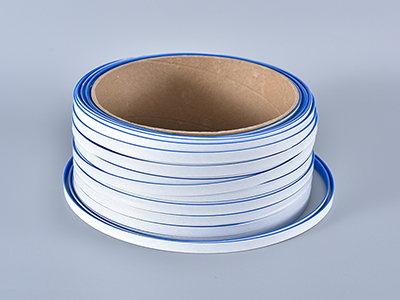

To the best of our knowledge, no study has investigated the effectiveness of hip joint mobilization with movement technique in combination with conventional physiotherapy in post-stroke patients. ĭespite the widespread use of mobilization with movement technique for peripheral joint dysfunction in musculoskeletal physiotherapy, its efficacy in electromyography has not been studied. Besides peripheral and central effects, mobilization with movement technique can improve joint arthrokinematics and motor control by soft tissue stretching.

Mulligan proposed a combination of joint gliding techniques with active or passive osteokinematic (physiological or angular) motion, called mobilization with movement technique.

Joint mobilization techniques are broadly used for orthopedic rehabilitation, such as hip joint, to improve the abnormal muscle tone as well as muscle length and joint mobility, which could return higher levels of activities of daily living. The importance of the hip joint in standing balance control needs further investigations in this population. The proximal dynamic stability of pelvic depends on the coordination between lower trunk and hip muscles activity due to hip muscle attachment to the pelvic bone and lumbar spine. It has been proposed that pelvic stability of post-stroke patients is influenced by hip muscles weakness to weight bearing asymmetry during standing and gait. The hip joint strategy is predominant in stroke, playing an effective role in the postural correction by creating hip joint torque. Hip disorders are attributed to impaired both static and dynamic balance following the lack of interplay among various mechanisms such as sensory afferents, motor control, and adequate joint movement. As a result, abnormal muscle activity and balance disorders frequently present in post-stroke patients.Īccording to the recent findings, selective motor control may be more important in balance control in the proximal part of the lower extremity than in the distal part. The delayed onset of agonist muscle recruitment and changes in muscle timing and sequencing affect the efficiency of energy generation in postural muscles at the appropriate speed against perturbations during movements and functional tasks. īalance as an essential motor performance provides the foundation for functional tasks and is negatively affected by motor control disorders, including muscle incoordination and weakness. The study was registered in the Iranian Registry of Clinical Trials (No IRCT20200613047759N1). The results of the present study suggest that a combination of hip joint mobilization with movement technique and conventional physiotherapy could improve muscle activity and balance among chronic stroke patients. The mean onset time of rectus abdominus, erector Spine, rectus femoris, and tibialis anterior muscles activity significantly decreased in the affected limb after hip joint mobilization with movement technique compared to the control group (p ≤ 0.05). The rectus femoris, tibialis anterior, biceps femoris, and medial gastrocnemius muscles’ activations of the affected limb during static balance test markedly changed along with the biceps femoris, erector spine, rectus femoris, and tibialis anterior muscles during dynamic balance test after hip joint mobilization with movement technique. The experimental group showed a significant improvement in berg balance scale, time up and go, and postural stability (p ≤ 0.05). The muscle activity, berg balance scale, time up and go, and postural stability were measured at baseline, 1-day and 2-week follow-up by a blinded assessor. The experimental group received an additional 30-minute’s session of hip joint mobilization with movement technique on the affected limb. Both groups participated in a 30-minute conventional physiotherapy session 3 times per week for 4 weeks. Twenty patients aged between 35 and 65 years old with chronic stroke were randomly assigned either to an experimental group (n = 10) or to a control group (n = 10).

Therefore, the present study aimed to investigate the effectiveness of hip joint mobilization with movement technique on stroke patients’ muscle activity and balance. Based on the important role of the proximal joints of the lower extremity in balance maintenance, hip joint mobilization with movement technique can be applied to enhance normal joint arthrokinematics. People with stroke generally experience abnormal muscle activity and develop balance disorder.


 0 kommentar(er)
0 kommentar(er)
